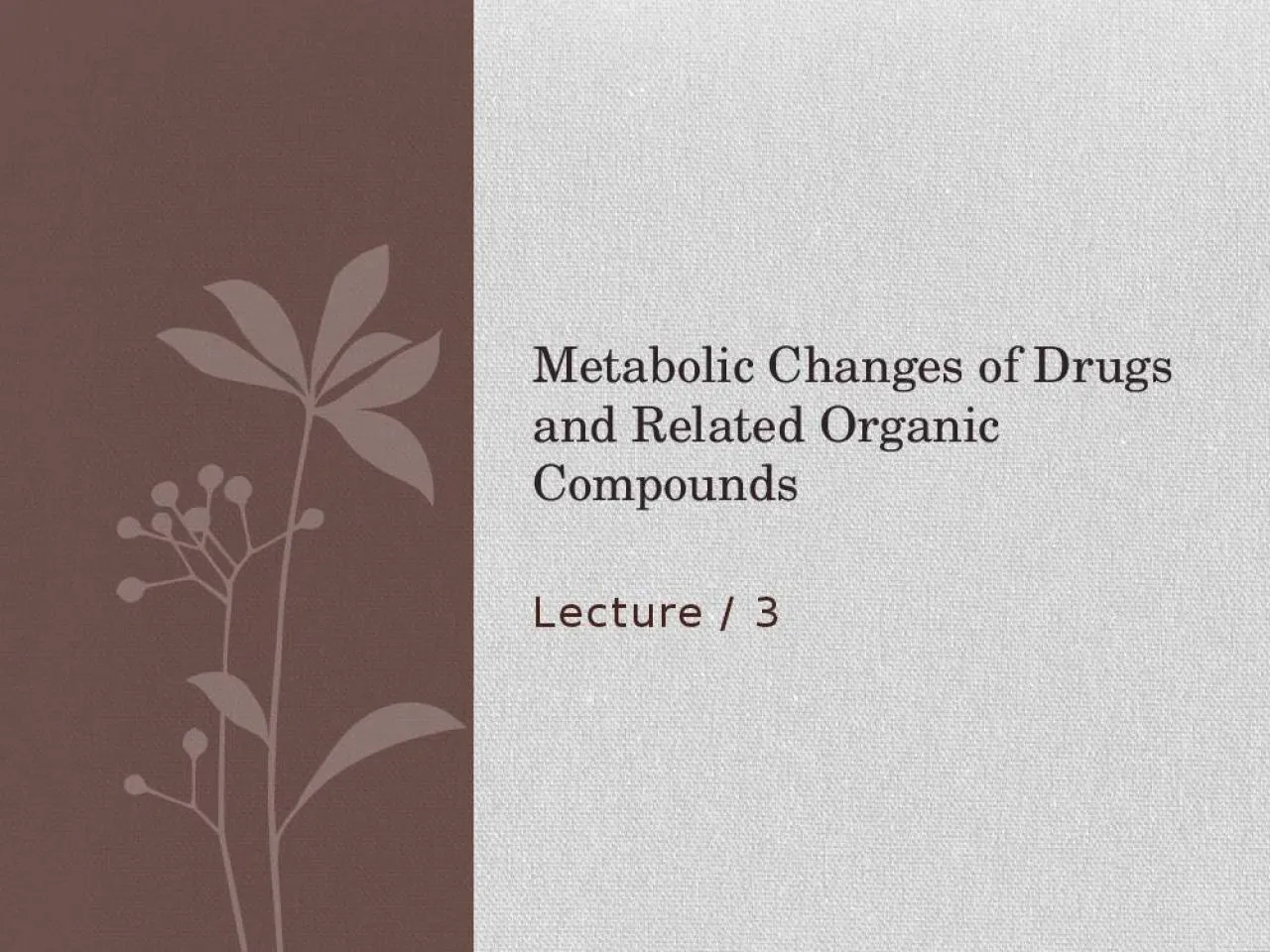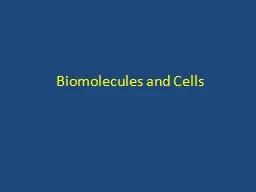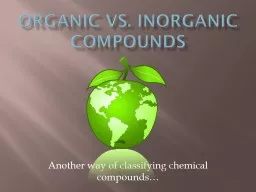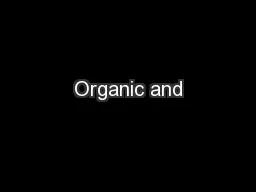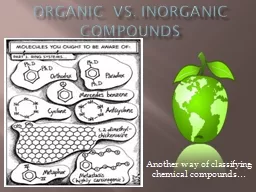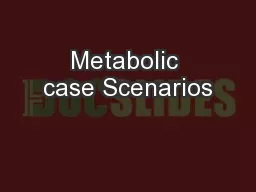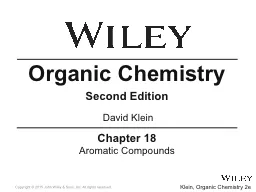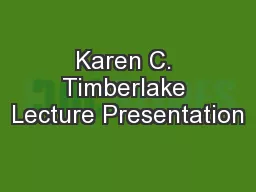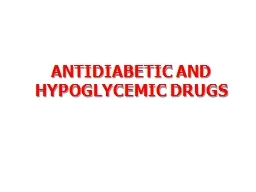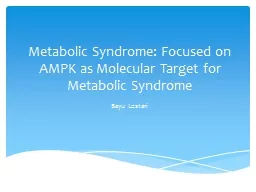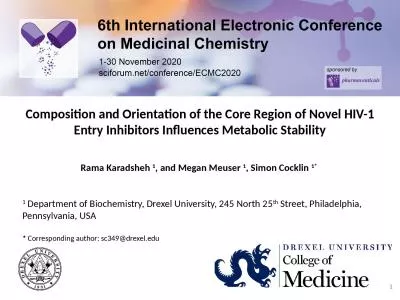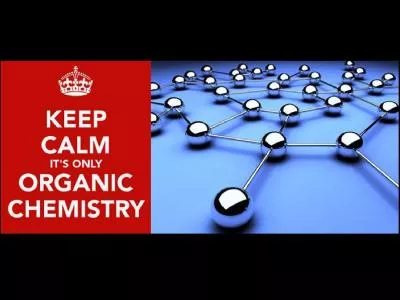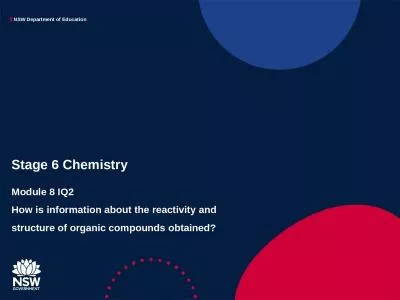PPT-Lecture / 3 Metabolic Changes of Drugs and Related Organic Compounds
Author : byrne | Published Date : 2022-02-15
OXIDATION INVOLVING CARBONNITROGEN SYSTEMS Metabolism of nitrogen functionalities eg amines amides is important because such functional groups are found in many
Presentation Embed Code
Download Presentation
Download Presentation The PPT/PDF document "Lecture / 3 Metabolic Changes of Drugs a..." is the property of its rightful owner. Permission is granted to download and print the materials on this website for personal, non-commercial use only, and to display it on your personal computer provided you do not modify the materials and that you retain all copyright notices contained in the materials. By downloading content from our website, you accept the terms of this agreement.
Lecture / 3 Metabolic Changes of Drugs and Related Organic Compounds: Transcript
Download Rules Of Document
"Lecture / 3 Metabolic Changes of Drugs and Related Organic Compounds"The content belongs to its owner. You may download and print it for personal use, without modification, and keep all copyright notices. By downloading, you agree to these terms.
Related Documents

